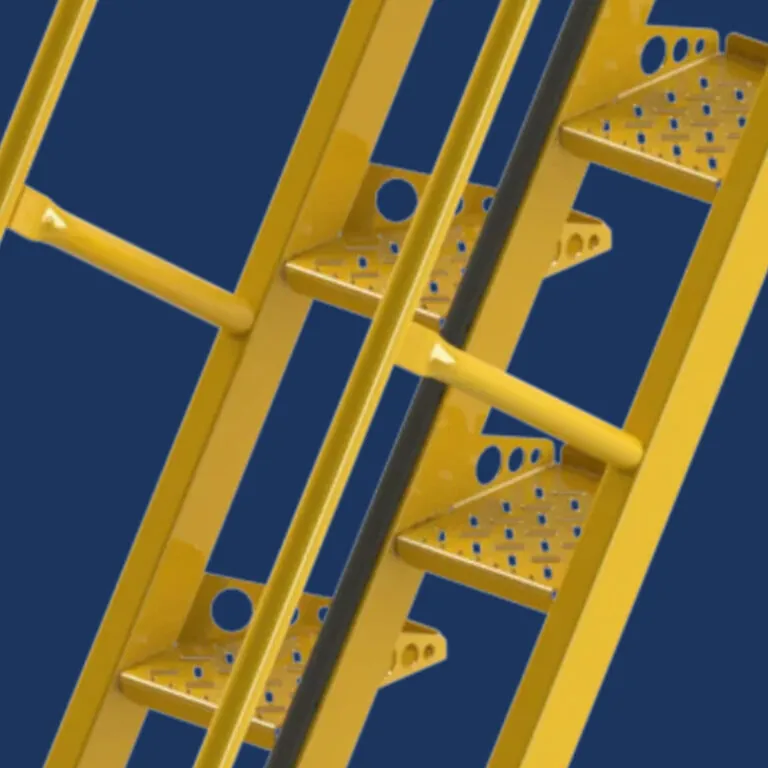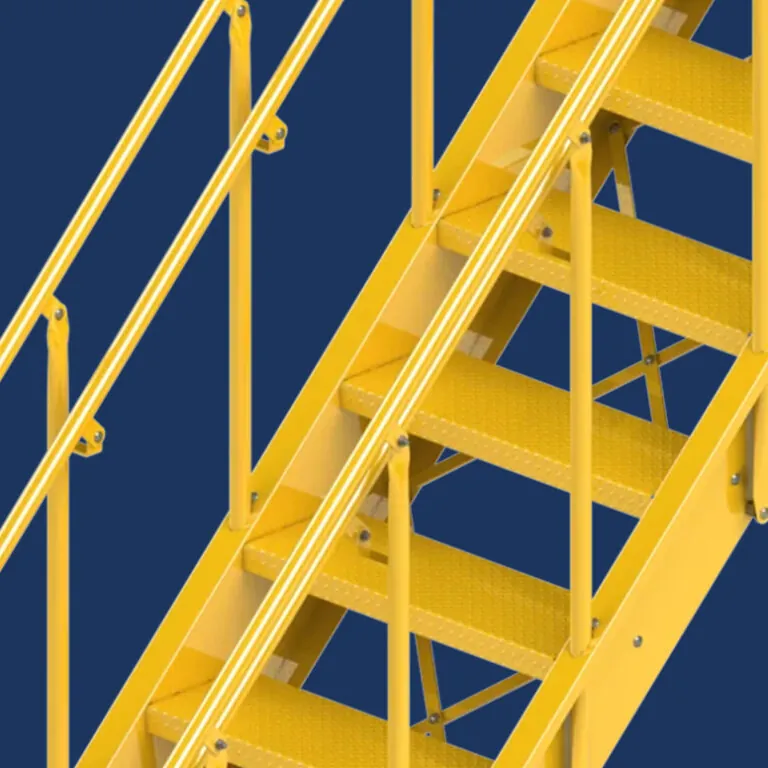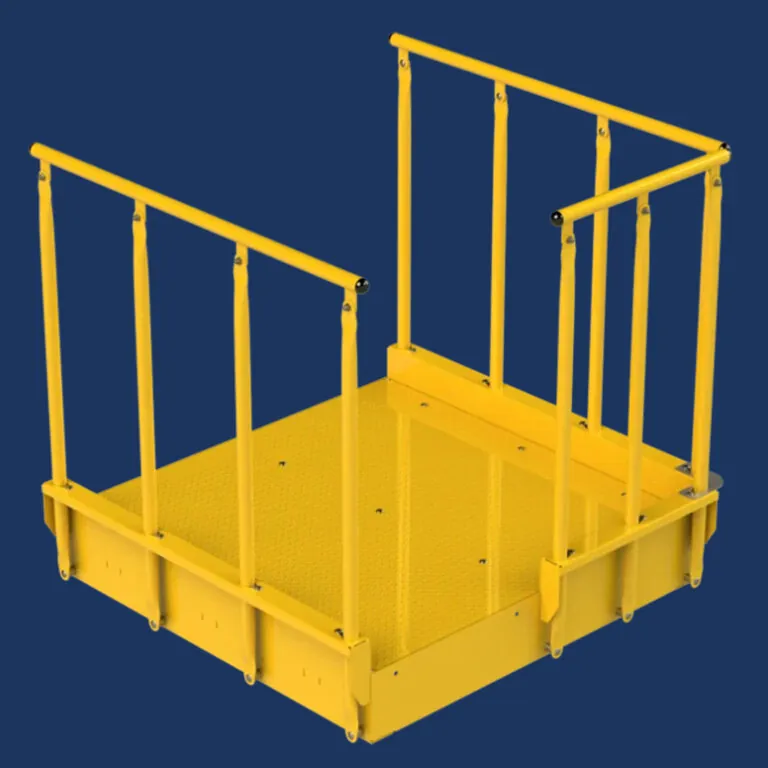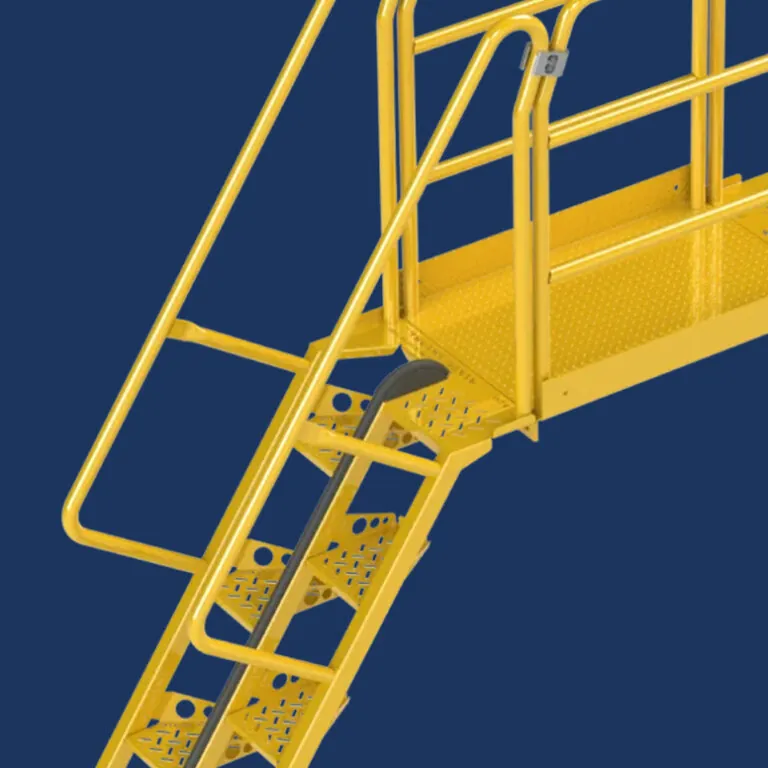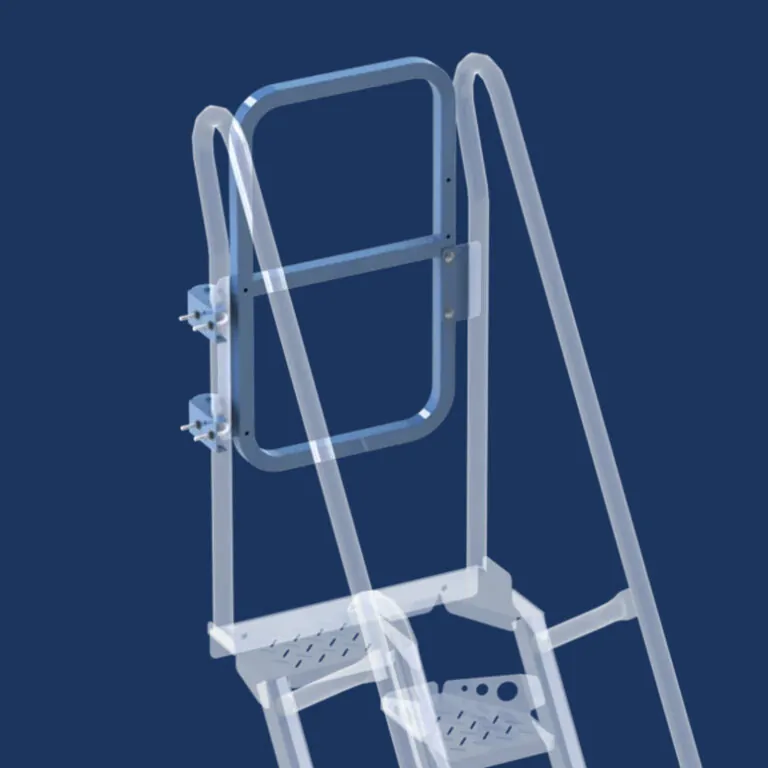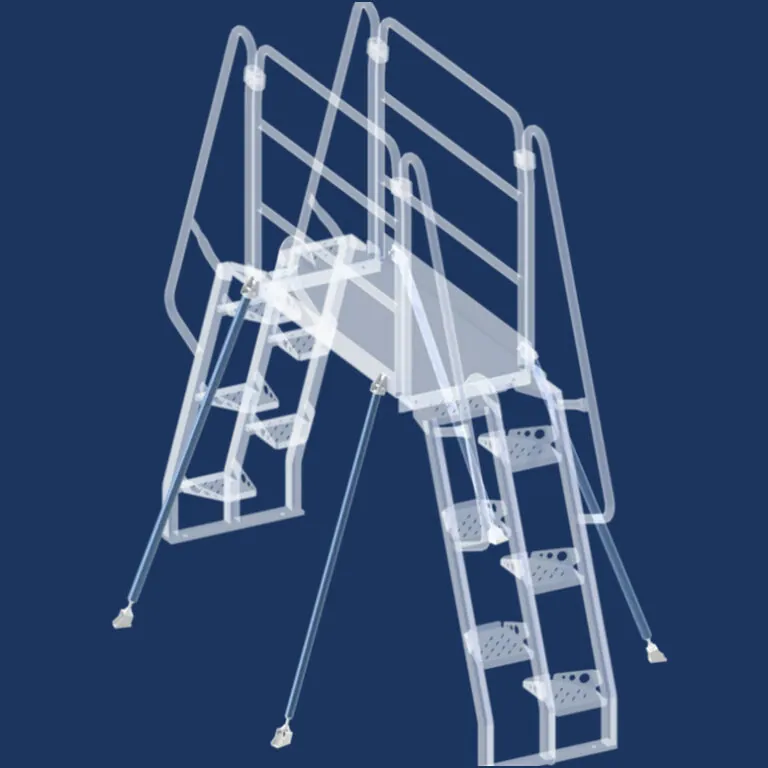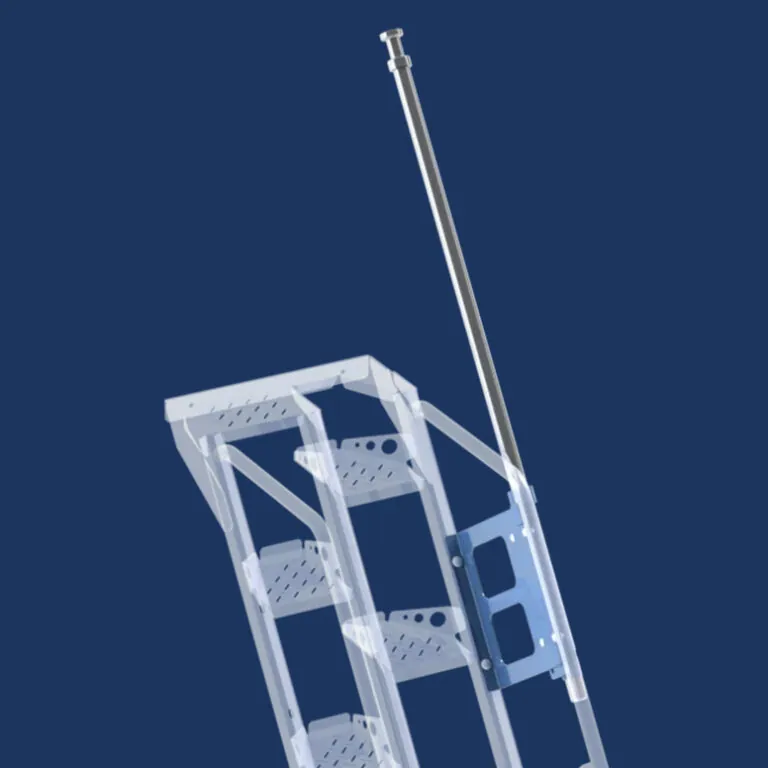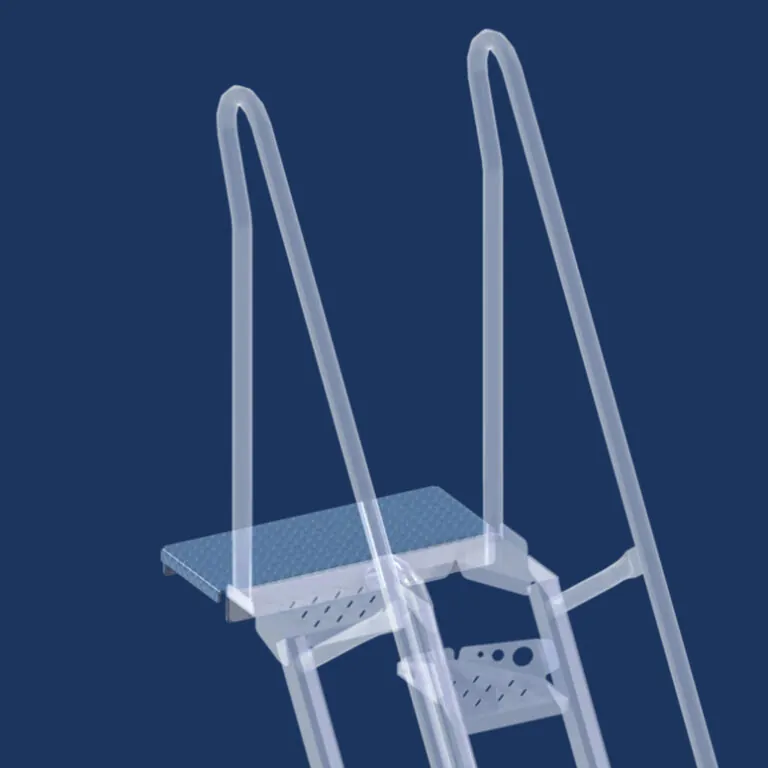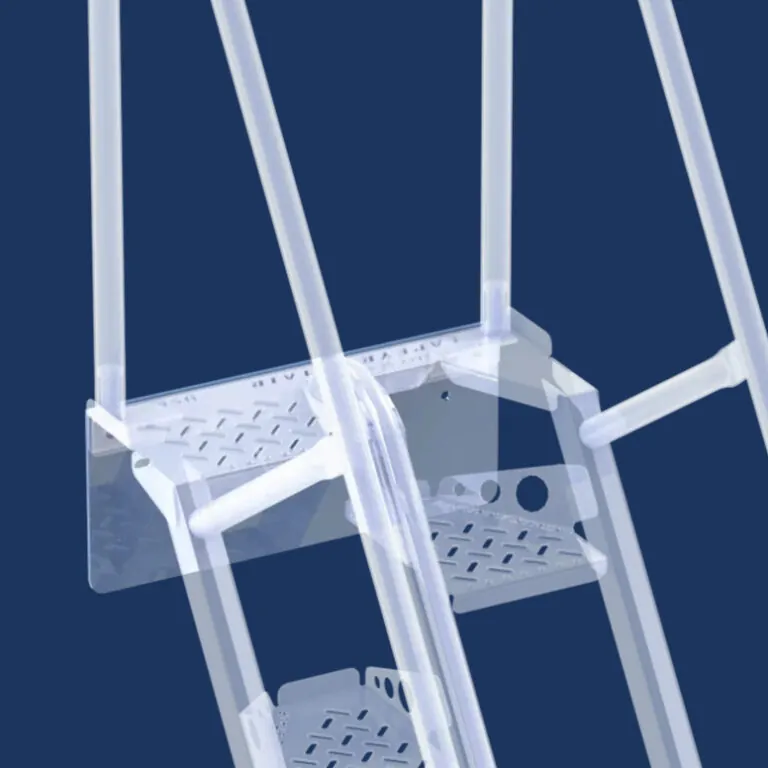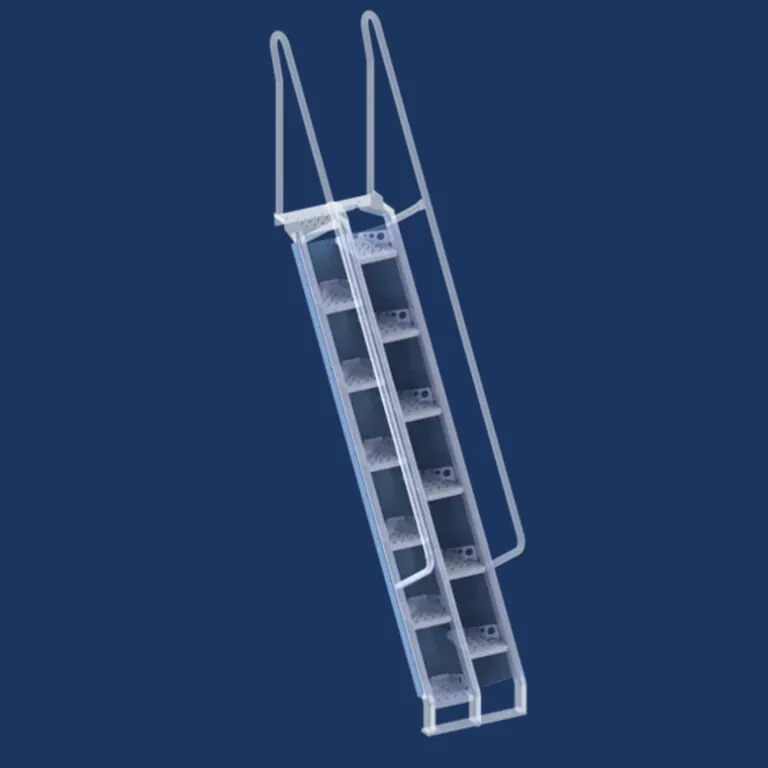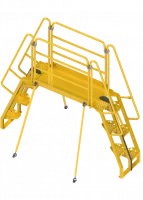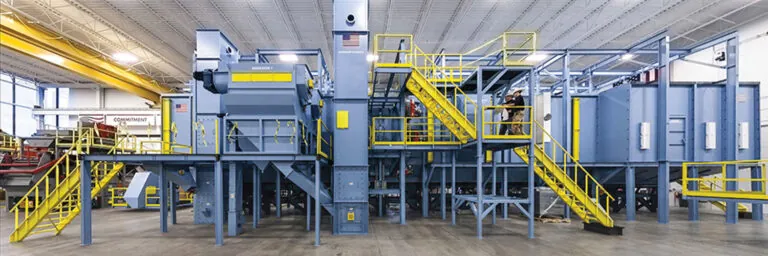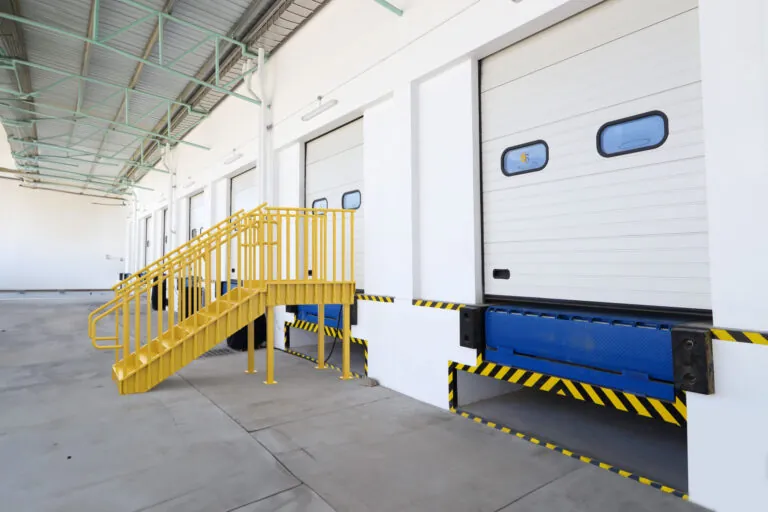Loading docks are bustling hubs of activity in warehouses, factories, and distribution centers. They serve as crucial junctions for the transfer of goods between trucks and storage areas. However, the fast-paced nature of loading dock operations can pose significant safety risks. In this comprehensive guide, we address frequently asked questions about loading dock safety to help ensure a hazard free working environment for all.
1. What is Loading Dock Safety?
Loading dock safety encompasses the measures and practices put in place to prevent accidents, injuries, and property damage during loading and unloading operations at loading docks.
2. Why is Loading Dock Safety Important?
Loading dock safety is vital for several reasons:
- Protecting personnel: Accidents at loading docks can result in serious injuries or even fatalities among workers.
- Preventing property damage: Mishaps during loading and unloading can lead to damage to goods, vehicles, and equipment.
- Ensuring efficiency: By maintaining a safe working environment, businesses can minimize downtime and maintain productivity.
3. What Types of Accidents Occur at Loading Docks?
Loading docks can present a variety of hazards including:
- Slips, trips, and falls: Wet or uneven surfaces, debris, and inadequate lighting can contribute to accidents.
- Vehicle collisions: Forklifts, trucks, and other vehicles maneuvering around the loading dock can collide with each other or with pedestrians.
- Falling objects: Improperly stacked goods or unsecured equipment may fall from heights, posing a risk to personnel below.
- Pinch points: Workers can get caught between trucks, trailers, or loading dock equipment, leading to serious injuries.
- Carbon monoxide exposure: Exhaust fumes from trucks can accumulate in enclosed loading dock areas, posing a health risk to workers.
4. How Can Loading Dock Safety Be Enhanced?
To improve loading dock safety, consider implementing the following measures:
- Regular maintenance: Keep loading dock areas clean, well-lit, and free from obstacles or debris. Repair damaged surfaces promptly.
- Training and education: Provide comprehensive training to employees on safe loading and unloading procedures, equipment operation, and hazard recognition.
- Personal protective equipment (PPE): Require workers to wear appropriate PPE, such as steel-toed boots, high-visibility vests, and hard hats, to mitigate risks.
- Traffic management: Establish clear traffic lanes and pedestrian walkways. Use barriers, signs, and markings to safely direct the flow of vehicles and personnel.
- Quality equipment: Invest in reliable loading dock equipment, such as dock levelers, bumpers, and wheel chocks, to facilitate safe loading and unloading.
- Ventilation: Ensure adequate ventilation in enclosed loading dock areas to prevent the buildup of exhaust fumes and other harmful gases.
- Emergency preparedness: Develop and communicate emergency procedures for situations such as fires, spills, or medical emergencies.
5. What are Loading Dock Stairs?
Loading dock stairs provide safe access to and from loading dock areas. They are typically made of metal and feature non-slip treads for enhanced safety.
6. How Can Metal Dock Stairs Enhance Loading Dock Safety?
Metal stairs offer several advantages for safe loading dock operations including:
- Durability: Metal dock stairs are sturdy and resistant to wear and tear, providing long-lasting and safe access.
- Stability: Metal stairs offer stability and support for workers accessing elevated loading dock areas, reducing the risk of falls.
- Non-slip surface: Many metal dock stairs feature non-slip treads or surfaces, enhancing traction and preventing accidents.
- Customization options: Metal dock stairs can be customized to fit specific loading dock configurations and requirements, ensuring optimal safety and accessibility.
7. How Can Loading Dock Safety Regulations Be Ensured?
Compliance with safety regulations is essential to prevent accidents and maintain a safe loading dock working environment. Ensure compliance by:
- Familiarizing yourself with relevant safety regulations and standards, such as those set forth by OSHA (Occupational Safety and Health Administration).
- Conducting regular inspections and audits to identify and address potential safety hazards.
- Training employees on safety regulations, procedures, and best practices.
- Implementing a system for reporting and addressing safety concerns promptly.
- Reviewing and updating safety policies and procedures as needed to reflect changes in regulations or industry best practices.
8. What Should You Do in Case of an Emergency at a Loading Dock?
In the event of an emergency at a loading dock, follow these steps:
- Alert emergency services immediately if there are injuries, fires, or other situations requiring assistance.
- Evacuate personnel from the affected area to a safe location.
- Follow established emergency procedures, including first aid protocols and evacuation routes.
- Cooperate with emergency responders and provide them with necessary information and assistance.
Conclusion
Loading dock safety is paramount for protecting personnel and property, as well as maintaining productivity, in both industrial and commercial settings. By identifying common hazards, implementing preventive measures, and adhering to safety regulations, businesses can create a safer working environment for everyone involved in loading and unloading operations. From regular maintenance and training to investing in quality equipment like metal dock stairs, prioritizing loading dock safety is key to success in any facility.

